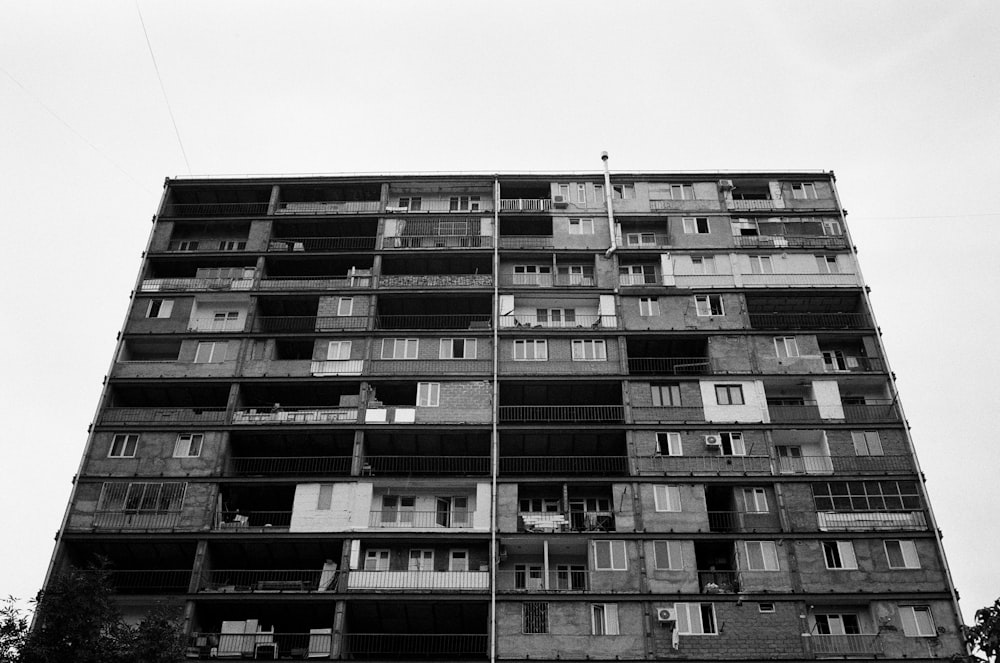Diving into History
Embark on a journey through time as we delve into the rich legacy of Soviet architecture. From the grandeur of Stalinist neoclassicism to the avant-garde designs of the Constructivist movement, Soviet architecture offers a fascinating glimpse into the ideals, aspirations, and challenges of an era defined by political upheaval and ideological fervor.
Stalinist Neoclassicism: A Monumental Vision
The era of Stalinist neoclassicism, also known as Stalinist Empire style, emerged in the early 20th century as Joseph Stalin sought to establish a sense of grandeur and authority through architecture. Characterized by monumental buildings, grand avenues, and ornate facades, Stalinist architecture aimed to convey power, stability, and ideological supremacy. Iconic landmarks such as the Seven Sisters skyscrapers in Moscow stand as enduring symbols of this architectural era.
Constructivism: Embracing Modernity
In contrast to the opulence of Stalinist neoclassicism, the Constructivist movement emerged as a radical departure from traditional architectural forms. Inspired by principles of modernism and industrialization, Constructivist architects sought to create functional, efficient, and socially conscious designs that reflected the ideals of the new Soviet society. Experimentation with geometric shapes, innovative materials, and communal living spaces characterized this avant-garde approach to architecture.
Socialist Realism: Architecture as Propaganda
During the mid-20th century, the principles of Socialist Realism came to dominate Soviet architectural discourse. Emphasizing representational art forms that glorified the achievements of the socialist state, Socialist Realism sought to promote patriotism, collective identity, and ideological conformity. Architectural projects of this period often served as propaganda tools, celebrating the achievements of the Soviet regime and reinforcing its authority.
Khrushchev Thaw: Modernization and Innovation
The period following Stalin’s death, known as the Khrushchev Thaw, witnessed a shift towards modernization and innovation in Soviet architecture. With an emphasis on mass housing, urban planning, and technological advancement, architects explored new approaches to design that prioritized functionality, efficiency, and egalitarianism. Prefabricated housing blocks, standardized construction methods, and experimental urban layouts characterized this era of architectural experimentation.
Late Soviet Architecture: A Legacy of Contradictions
In the final decades of the Soviet Union, architectural trends became increasingly diverse and eclectic, reflecting the political, social, and economic challenges facing the country. While some architects continued to adhere to the principles of Socialist Realism, others embraced international styles such as Brutalism, Postmodernism, and High-Tech architecture. This period of architectural pluralism reflects the complexities and contradictions of late Soviet society as it grappled with issues of identity, modernity, and change.
Preserving the Legacy
Despite the passage of time and the political transformations that have reshaped the former Soviet Union, the legacy of Soviet architecture endures as a testament to the aspirations, ideals, and complexities of an era that continues to fascinate and intrigue. While many iconic buildings have been preserved as symbols of cultural heritage, others face threats of neglect, decay, or demolition. Efforts to document, study, and preserve Soviet architectural heritage play a crucial role in ensuring that this rich legacy remains accessible to future generations, providing valuable insights into the history, culture, and aspirations of the Soviet people. Read more about soviet architecture




